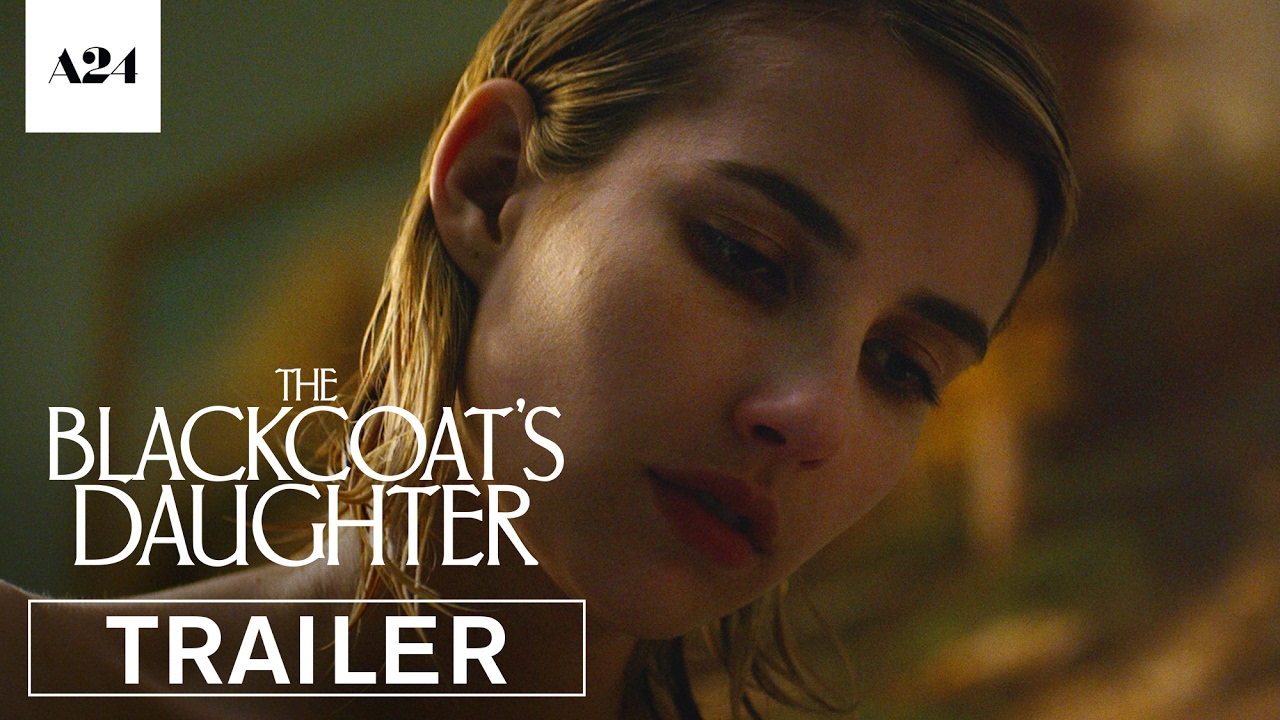The Blackcoat’s Daughter (2015)

“The Blackcoat’s Daughter,” directed and written by Osgood Perkins, is a 2015 supernatural psychological horror film that delves into themes of isolation, madness, and the sinister undercurrents of teenage life. The film features a talented cast, including Emma Roberts, Kiernan Shipka, Lucy Boynton, Lauren Holly, and James Remar, each contributing to the haunting atmosphere that permeates the story.
Set in a desolate boarding school during a harsh winter, the film revolves around two main characters: Kat (played by Kiernan Shipka) and Rose (Emma Roberts). Both girls are left behind at the school when their parents fail to pick them up for winter break. As they navigate the eerie hallways of the deserted institution, their psychological states begin to unravel, leading to a series of chilling events.

One of the film’s strengths lies in its atmosphere. Perkins skillfully employs a slow-burn narrative, allowing tension to build gradually. The isolation of the school becomes a character in itself, with the biting cold and haunting silence amplifying the girls’ feelings of abandonment and dread. This setting is not just a backdrop; it reflects the internal turmoil that the characters experience.
The film explores the theme of evil manifesting in different forms. Kat, a seemingly innocent girl, harbors dark secrets, which gradually come to light. The viewer is left questioning the nature of evil and whether it is inherent or learned. This moral ambiguity is a hallmark of great horror, as it forces the audience to confront their own perceptions of good and evil.
Another pivotal character is Joan (Lucy Boynton), who is introduced later in the film. Her arrival further complicates the already tense dynamic between Kat and Rose. Joan’s backstory, revealed through fragmented flashbacks, adds depth to the narrative, showcasing her struggles with identity and trauma. The interactions between these three girls create a psychological game, filled with mistrust and manipulation.

Performances by the cast are commendable, particularly Kiernan Shipka, who captures the fragility and intensity of her character with remarkable nuance. Emma Roberts portrays Rose with a chilling detachment that adds to the film’s unsettling vibe. The supporting cast, including Lauren Holly and James Remar, enrich the narrative, grounding the more supernatural elements in a relatable reality.

The cinematography in “The Blackcoat’s Daughter” deserves special mention. The film employs a muted color palette and dim lighting that evokes a sense of claustrophobia and despair. Every frame is meticulously crafted, contributing to the overall unease that lingers long after the credits roll. The haunting score complements the visuals perfectly, enhancing the psychological tension and foreboding atmosphere.

In conclusion, “The Blackcoat’s Daughter” stands out in the horror genre due to its psychological depth and artistic approach. Osgood Perkins has created a film that transcends traditional horror tropes, exploring the complexities of youth, isolation, and the nature of evil. It is a film that invites viewers to engage with its themes and question their own understanding of darkness. As a result, it resonates on a profound level, making it a noteworthy entry in contemporary horror cinema.











